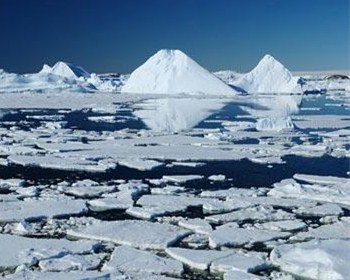The Milankovitch cycles alone are not enough to explain cycles of ice ages. Many other factors are involved—not least the disposition of the continents, in particular the presence of landmasses over the poles—but the specifics of these are imperfectly understood. It has been suggested, however, that if you hauled North America, Eurasia, and Greenland just three hundred miles north we would have permanent and inescapable ice ages. We are very lucky, it appears, to get any good weather at all. Even less well understood are the cycles of comparative balminess within ice ages, known as interglacials. It is mildly unnerving to reflect that the whole of meaningful human history—the development of farming, the creation of towns, the rise of mathematics and writing and science and all the rest—has taken place within an atypical patch of fair weather. Previous interglacials have lasted as little as eight thousand years. Our own has already passed its ten thousandth anniversary.

The fact is, we are still very much in an ice age; it's just a somewhat shrunken one—though less shrunken than many people realize. At the height of the last period of glaciation, around twenty thousand years ago, about 30 percent of the Earth's land surface was under ice. Ten percent still is—and a further 14 percent is in a state of permafrost. Three-quarters of all the fresh water on Earth is locked up in ice even now, and we have ice caps at both poles—a situation that may be unique in Earth's history. That there are snowy winters through much of the world and permanent glaciers even in temperate places such as New Zealand may seem quite natural, but in fact it is a most unusual situation for the planet.












